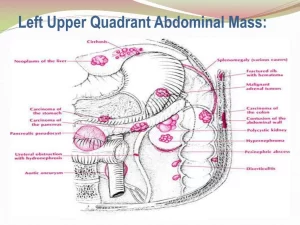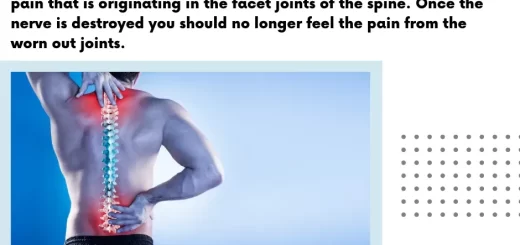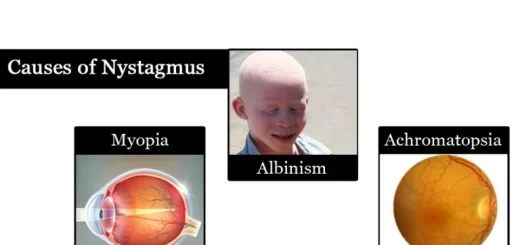Right hypochondrium mass differential diagnosis, Is an abdominal mass always cancer
Masses in the right hypochondrium (the upper right part of the abdomen, below the rib cage) can arise from various organs located in that region, including the liver, gallbladder, kidney, colon, pancreas, and diaphragm.
Masses in the right hypochondrium
1. Liver
Criteria of liver swelling:
- intra-abdominal swelling.
- horizontally placed.
- mobile with respiration
- Superficial: below AAW and costal margin, I can’t insinuate my hand between it and costal margin.
- has upper and lower border, right and left lobs.
- Dull and its dullness is continuous with normal hepatic dullness.
Differential diagnosis of hepatomegaly:
Early cirrhosis.
Infections:
- protozoa →Bilhariziasis.
- Viral → Hepatitis.
- Bacterial→ cholangitis, portalpyemia.
Cellular infiltration: amyloidosis, Gaucher’s.
Congestion diseases: Heart failure.
Space-occupying lesions → HCC, Hydatid cyst.
Cellular proliferative:
- Leukemia.
- Lymphoma.
- HCC.
- Metastatic deposits.
Biliary tract obstruction: Calcular, malignant.
Conditions where the liver gets enlarged:
1. Soft, smooth, nontender liver:
- Hydrohepatosis: This is due to the obstruction of the CBD, causing dilatation of intrahepatic biliary radicles.
- Congestive cardiac failure.
- Hydatid cyst of the liver: Here, the mass is well-localized in the liver with a typical hydatid thrill. Three-finger test: Three fingers are placed over the mass widely. When the central finger is tapped, fluid movement is elicited in lateral two fingers.
2. Saft, smooth, (ender liver:
Amoebic liver abscess: Here, liver often gets adherent to the anterior abdominal wall and will not move with respiration. Intercostal tenderness and right-sided pleural effusion are common.
Amebic liver abscess
It is due to Entamoeba histolytica infestation. It is more common in alcoholics and cirrhotics. Single abscess is common-70%; common in right posterosuperior lobe-80%. Chocolate colored Anchovy sauce pus is classical. Secondary infection can occur- 30% life-threatening due to septicaemia. It can be acute or chronic; both mimics hepatoma.
Rupture into lungs -most common site of rupture. The most dangerous rupture is into pericardium-left lobe abscess. Liver failure can develop in cirrhotic patients. Common in males (20:1), fever, pain, intercostal tenderness, tender liver. Mimics cholecystitis, subphrenic abscess, hepatoma.
Total count, LFT, prothrombin time, and US abdomen are relevant investigations. A chest X-ray may show left-sided sympathetic pleural effusion. CT scan to differentiate from hepatoma.
Treatment-drugs like metronidazole, injection dehydroemetine, chloroquine tablets, diloxanate furoate; U/S guided aspiration after controlling prothrombin time using inj vitamin K or FFP; if recurs percutaneous guided drainage using pigtail catheter, or open laparotomy and drainage with placement of Malecot’s catheter.
3. Hard, smooth liver:
- Hepatoma HCC Here, a large, single, hard nodule is palpable in the liver. But occasionally, there can be multiple nodules when it is multicentric.
- Rapidly growing tumor can also be soft. Hepatoma often can also be tender due to tumor necrosis or stretching of the liver capsule. Vascular bruit may be heard over the liver during auscultation. It mimics amoebic liver abscess in every respect.
- Solitary secondary in liver.
Hepatoma/hepatocellular carcinoma/ HCC
- Common etiologies are efla toxins, hepatitis B and hepatitis C virus infection, alcoholic cirrhosis, hemochromatosis, smoking, hepatic adenoma, clonorchis sinensis, and polyvinyl chloride.
- Unicentric and right lobe involvement is more common.
- The fibro lamellar variant is common in the left lobe, not related to hepatitis or cirrhosis without AFP level raise. There are increased serum vitamin B12 binding capacity and neurotensin levels.
- It can be multifocal/indeterminate/spreading/expanding- Okuda classification.
- Presents as large smooth hard liver mass-later jaundice, fever, pain and tenderness ascites and bruit over mass.
- Spreads to lymphatics, blood, and direct spread.
- Mimics amebic liver abscess, secondaries, hydatid cyst, and polycystic liver disease.
- LFT, CT scan, raised AFP, liver biopsy (only needed) are the investigations.
- Hemihepatectomy in early operable growth is the treatment.
- Hepatic artery ligation/intra-arterial chemotherapy/chemoembolization | percutaneous ethanol or acetic acid injection/radiofrequency ablation/chemotherapy using Adriamycin, carboplatin, and gemcitabine are palliative procedures.
4. Hard, multinodular liver:
- Multiple secondaries in liver: Here, hard nodules show umbilication, which is due to central necrosis.
- Macro nodular cirrhotic liver.
2. gall bladder
Criteria of gallbladder swelling:
- It is smooth and soft (except in carcinoma of the GB).
- It is mobile horizontally (side-to-side).
- It’s an intra-abdominal swelling.
- It moves with respiration.
- It is located right of the right rectus muscle, below the right costal margin or below the lower margin of the palpable liver →at the tip of the 9th rib.
- Smooth rounded lower border with no upper border.
- It is dull on percussion, not felt bimanually.
- Can’t insinuate the hand between it and the costal margin.
- It grows toward the umbilicus.
Causes:
- Mucocele: not tender.
- Empyema: tender, systemic manifestations.
- cancer gallbladder.
- Courvoisier’s law.
- pericholecystitis.
Courvoisier’s law
In a jaundiced patient, if the gallbladder is palpable, it is a case of malignant obstructive jaundice.
Exceptions:
calculous jaundice + palpable GB
- stone CBD+ mucocele.
- Mirrizi syndrome + mucocele.
- pigment stones in CBD, normal disenable GB.
Malignant jaundice + palpable GB
Cancer head + LN portal hepatic
Conditions where the gallbladder is palpable:
- Soft, nontender gallbladder: Mucocele of the gallbladder. Enlarged gallbladder in obstructive jaundice due to carcinoma head of the pancreas or peri amputtary carcinoma or growth in the CBD.
- Hard gallbladder: Carcinoma gallbladder.
- Tender gallbladder empyema GB.
3. right Kidney
Criteria of renal swelling:
- Reniform in shape.
- Rounded borders.
- It descends vertically towards the RIF.
- Felt bimanually.
- Colonic band of resonance in front.
- Full and dull renal angle.
- Dullness isn’t continuous with hepatic dullness.
Renal causes:
Hyper nephroma:
- painless profuse intermittent hematuria.
- 2ry varicocele.
- Metastasis.
Wilm’s tumor
- child < 7 years.
- abdominal mass that doesn’t cross the medline.
- painless hematuria.
Polycystic kidney
- infancy.
- Adulthood —–Hypertension, hematuria, uremia.
4. Other Masses in the Right Hypochondrium
- A pericholecystic inflammatory mass: It is tender, smooth, firm or soft, no mobile, intra-abdominal mass, often with guarding.
- Kidney mass arising from the upper pole of the kidney: It may be due to renal cell carcinoma or hydronephrosis.
You can subscribe to Science Online on YouTube from this link: Science Online
Gastroesophageal Reflux Disease, Complications of GERD, and Barrett’s oesophagus
Esophagus diseases, Dysphagia causes, Achalasia, and Symptomatic Diffuse Esophageal spasm
Pharynx function, anatomy, location, muscles, structure, and Esophagus parts
Mouth Cavity divisions, anatomy, function, muscles, Contents of Soft palate and Hard palate
Temporal and infratemporal fossae contents, Muscles of mastication and Otic ganglion




